What are your editing workspace essentials, and how much impact do they have on how efficient and/or comfortable you are when you do post-production? Here are some tools that might give your workflow a boost.
Nowadays, a photographer can work on their photos virtually anywhere and at anytime. However, there is still so much value to having an organized workspace at home, in the studio, or at the office where everything you need is already set up and organized to help you work better and more efficiently. Some tools can be a simple as objects that will keep one comfortable while working for a long time, or they can be designed to make the work easier one way or another. Here are some essential and some nice-to-have tools that you might want for your own workspace.
1. Universal Charging Station
One great change that is happening in how tools and gadgets are being designed is the unification of input and output ports into a more universally compatible format, which is currently USB type-C. Nowadays, laptops, cameras, individual camera batteries, speakers, headphones, and even some portable lights are charged with USB-C ports and cables. That’s why having a single charging station with high capacity and multiple ports can simplify the process of charging all your devices.
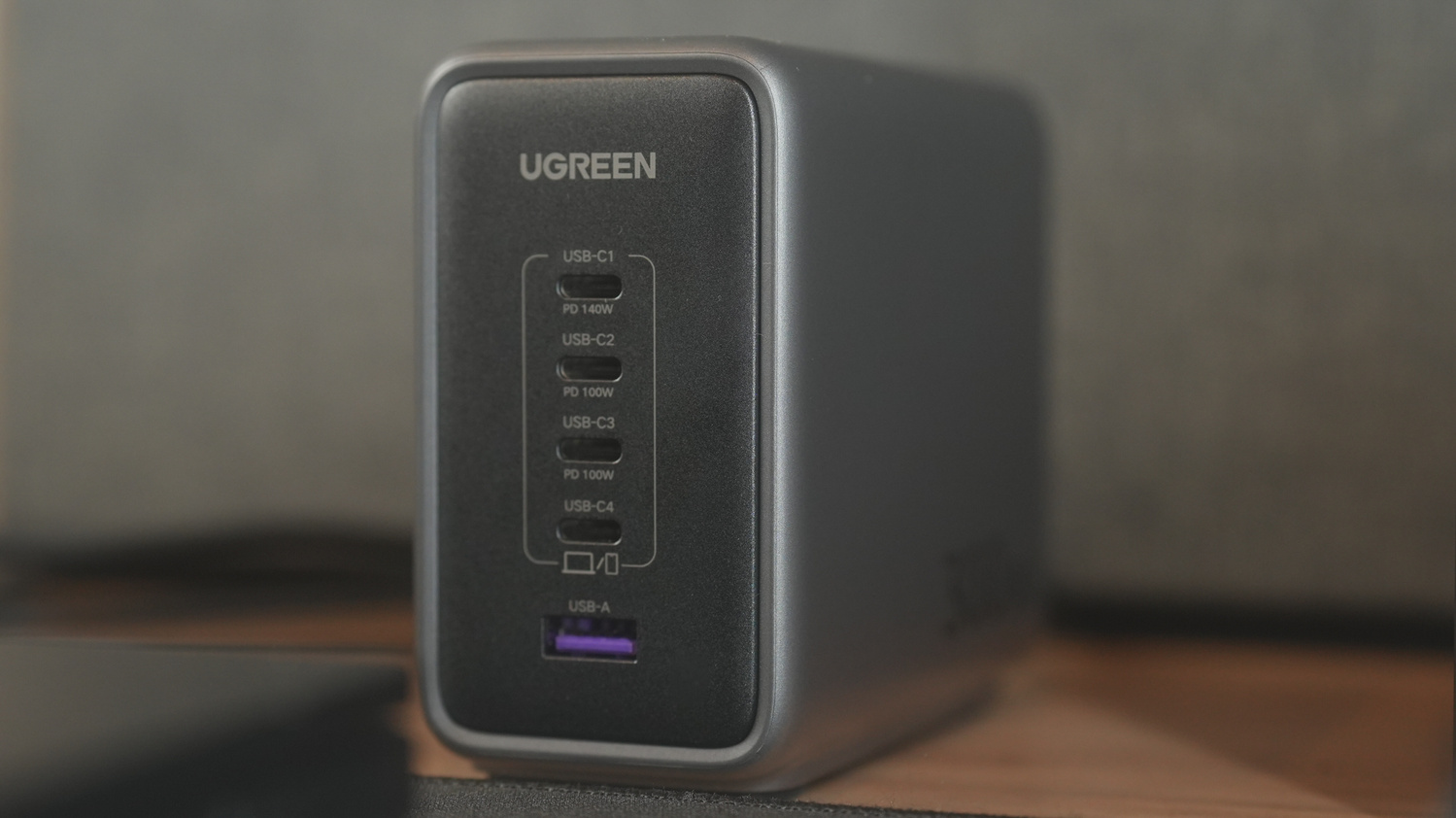
I currently use the Ugreen Nexode 300W USB C Gan charger that comes with four USB-C ports and can supply up to 140 W on a single port enough to power a creator laptop. These four ports can simultaneously charge a 140 W, 100 W, and 60 W device at maximum and has many different power output configurations depending on the devices plugged in at one time. The top most port has a maximum output of 140 W, the second, 100 W, the third, 60 W, while the fourth can power a 30 W portable device or smartphone. It also comes with a single USB-A port that can charge up to 22.5 W. This charger is uses two professional GaNFast III (Galium Nitride) chips that regulate the flow of electricity, ensuring the most efficient charging rates while simultaneously ensuring safety. I use this charger to power my editing laptop and charge multiple accessories at the same time. If I am co-working with other creatives in the studio, I can also share the charger with them without compromising my own device, so I ultimately avoid having to reach under the desk for the power outlet.
2. Color Accurate Display and Calibration Tool
While a lot of photographers now use laptops as their editing computers, nothing beats the experience of having a larger screen to edit on when in your workspace. Whether you work with a laptop or have a dedicated desktop setup, a color accurate display will never lose its importance. Along with that, however, a color calibration tool such as a Spyder or Xrite colorimeter is necessary to keep your display’s color rendition accurate. It’s important to note that even the best rated color accurate monitors in the market still require color calibration.

Calibration is basically matching your display’s output to the lighting environment of the spot where you use your screen so that the colors that you perceive from the lights around you do not shift your perception of the colors from the screen, and since lightbulbs gradually change in terms of brightness and even temperature, calibration has to be done periodically.
3. Pen Tablet/Display
For any photographer who does even the simplest retouching all the way to more complicated composite editing and manipulation, a reliable graphic tablet allows for a more precise and efficient workflow. Tablets come in a wide range of sizes depending on what suits the user based on the size of their available work space and how they prefer to edit. It’s important to know that the size of the tablet does not always equate to a better user experience and that your choice should depend on your preferred style of editing.
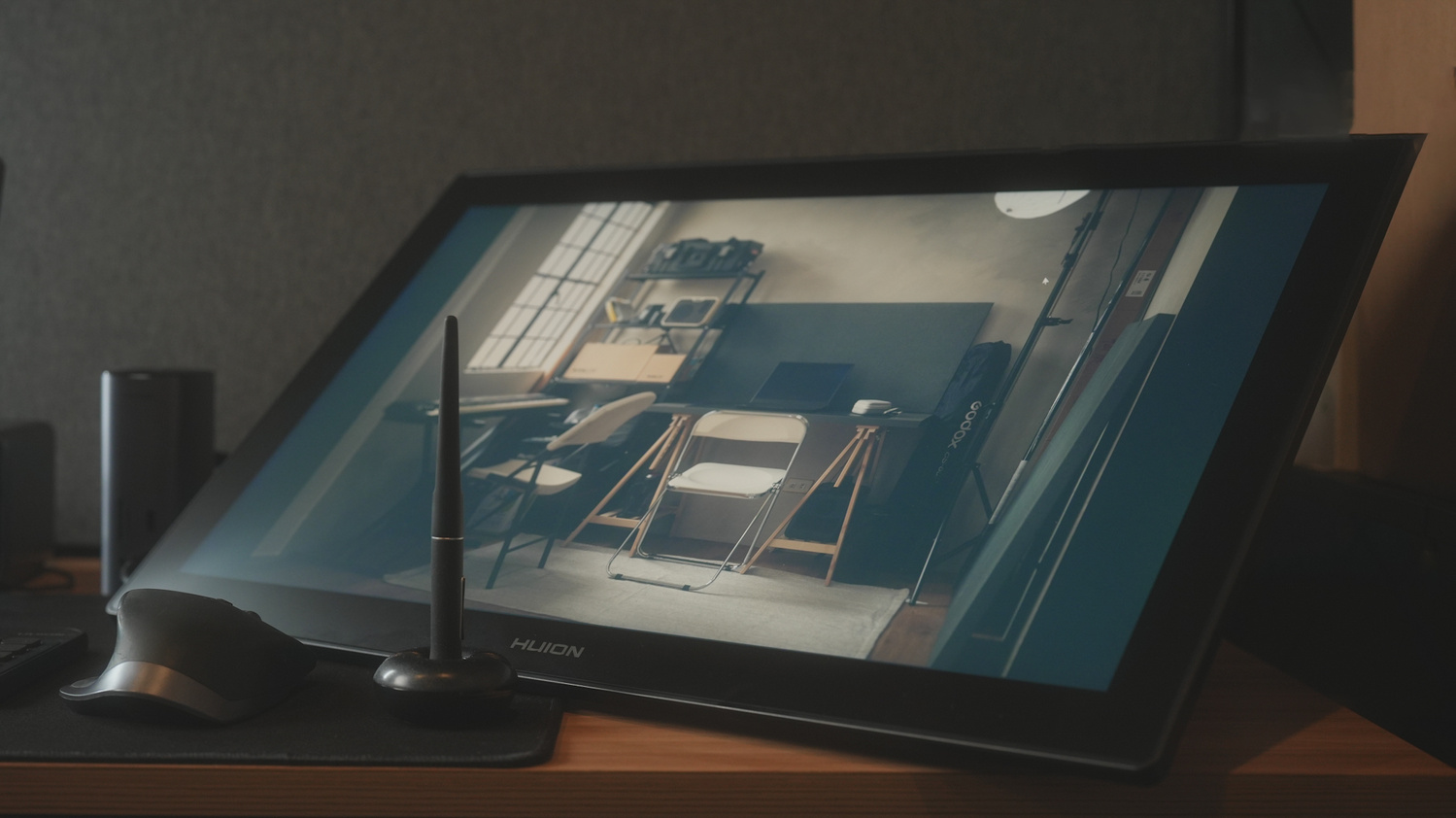
Personally, I’ve been using the Huion Kamvas Pro 24 as both my color accurate display and pen display. It has a 24-inch 4K QLED screen that covers 140% sRGB, a 1200:1 contrast ratio, topped with fully laminated anti-glare glass. It has a 527.04 x 296.46 mm active area with a pen that has 8,192 pressure levels, 5,080 LPI resolution, and can be used with up to 60 degrees tilt in any direction to match the 170-degree viewing and working angles. On top of that, it also comes with a couple of USB-A ports and a 3.5mm auxiliary audio port for additional I/O.
4. Input/Output Hub
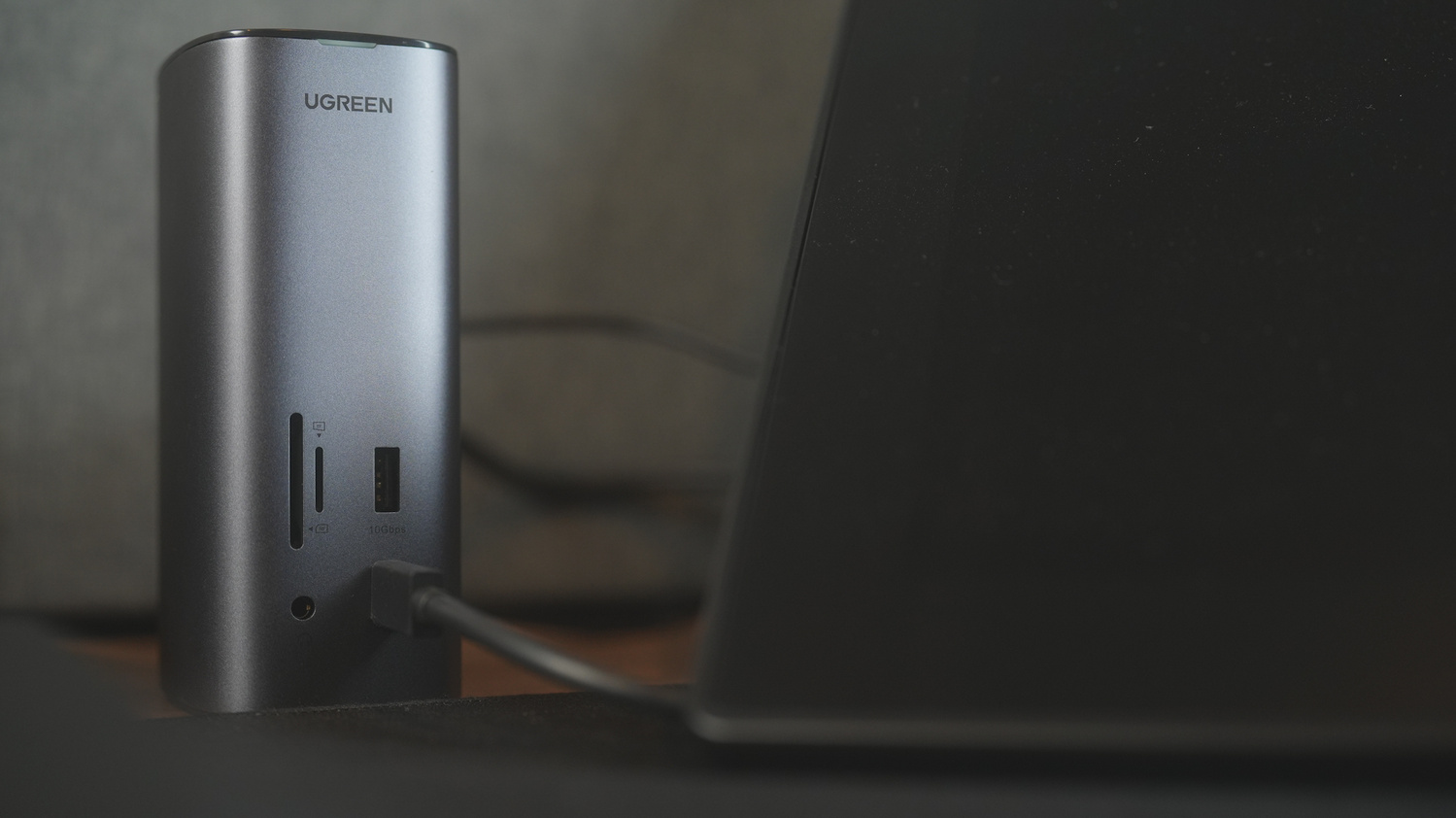
For photographers who use a permanent desktop computer, this might not be entirely necessary unless the current CPU lacks some ports that the user might need. But for anyone who uses a laptop, a dedicated USB-C hub or docking station has so many benefits to offer. I currently use a 12-in-1 hub from Ugreen that has all the ports that I use with all of my devices. It has two 5 Gbps USB A ports, a 1,000 Mbps RJ45 Ethernet port, a USB-C 100 W PD port for charging, an 8K HDMI port, another 4K HDMI port, and a 4K DisplayPort. In front, it has a 10 Gbps USB-C 3.2 and a 10 Gbps USB A 3.2 along with a 104 Mbps SD/TF reader and a 3.5mm audio output port.
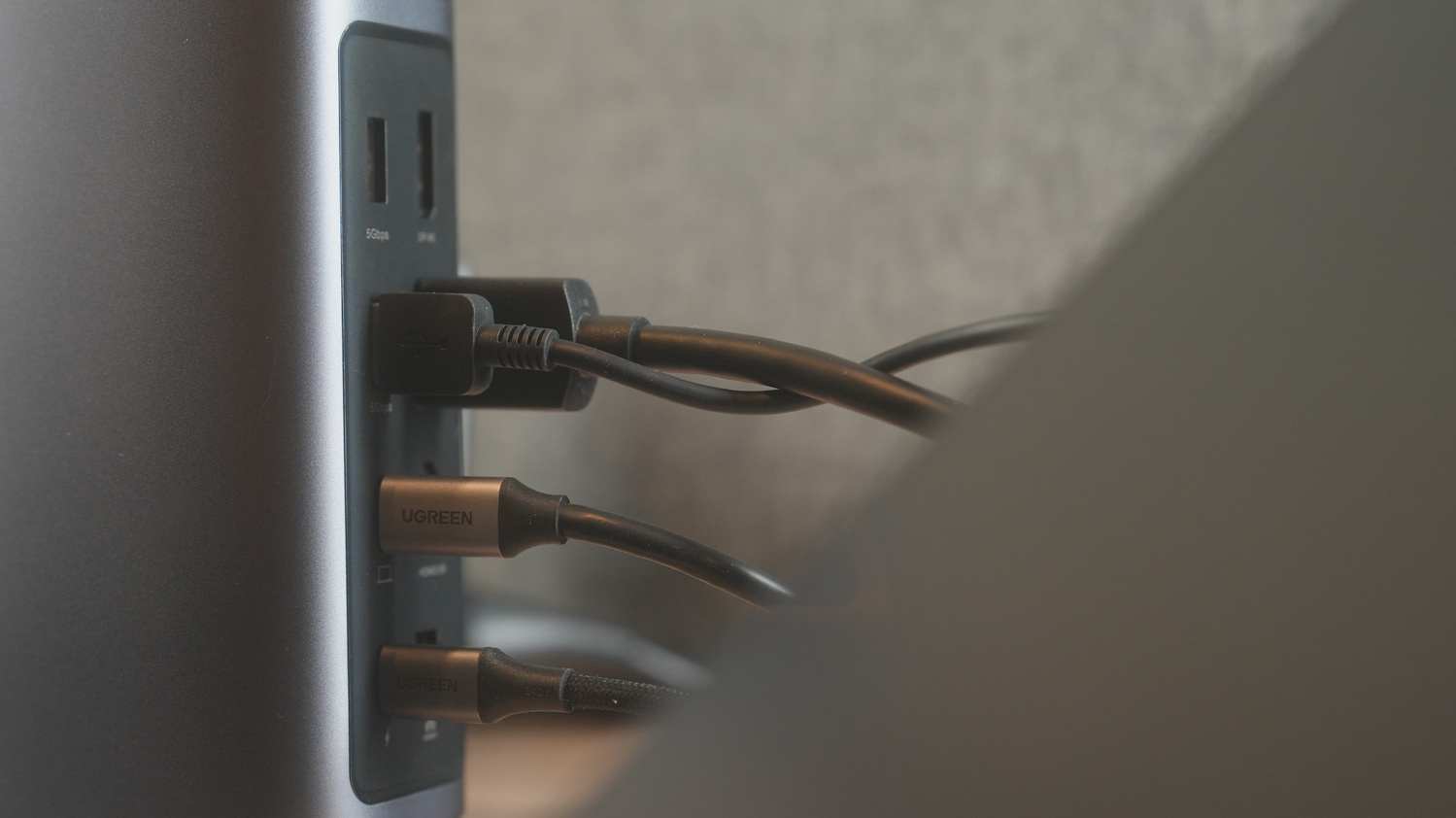 This allows me to use just a single host cable to connect to all the other mentioned accessories on my desk, including charging my laptop through the charging hub that is connected to this docking station for power. This efficient setup basically works with just a single switch to power everything on (mainly the monitor and the charging hub) and a single USB-C cable to connect my laptop to the workstation. This also makes all the accessories easy to use for other creatives who visit the studio and use the workstation with their own computers regardless of system.
This allows me to use just a single host cable to connect to all the other mentioned accessories on my desk, including charging my laptop through the charging hub that is connected to this docking station for power. This efficient setup basically works with just a single switch to power everything on (mainly the monitor and the charging hub) and a single USB-C cable to connect my laptop to the workstation. This also makes all the accessories easy to use for other creatives who visit the studio and use the workstation with their own computers regardless of system.
5. Editing Controller
In tandem with a graphic tablet, an ergonomic editing controller definitely makes a world of difference. In the simplest sense, an editing controller is just a small keyboard with dials or knobs and customizable buttons. This basically allows the user to assign shortcuts and hotkeys so that they don’t have to move the mouse or the pen to the controls on the screen or have to move their hand to the keyboard to reach for keys. Any type of editing controller requires a bit of memory work in terms of knowing where you put which function, and finding the right controller mainly depends on how many different editing workflows you have.
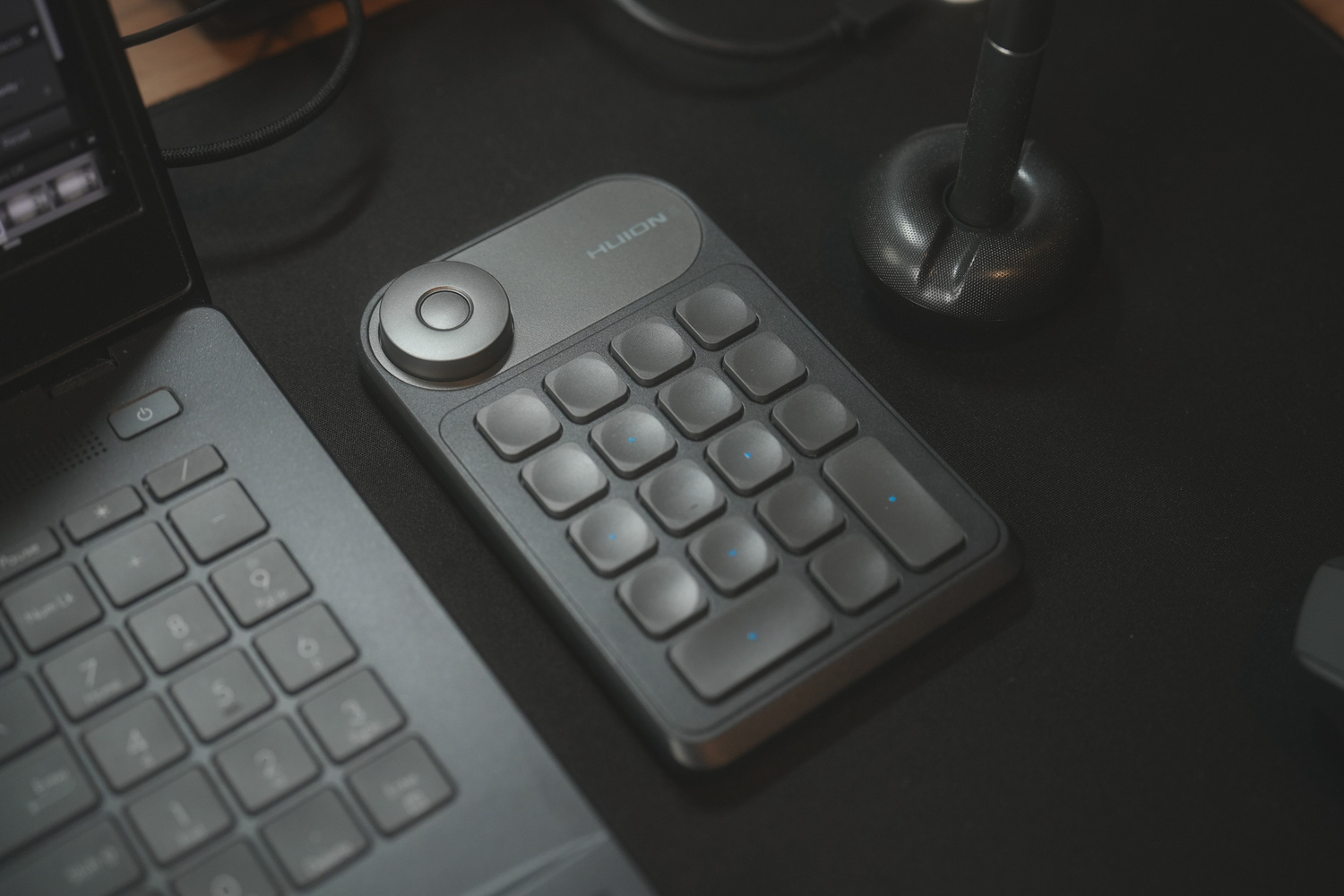
In my workspace, I use the Huion Keydial Mini that came with the Kamvas Pro 24 pen display. It has 16 programmable buttons and a customizable dial that can be switched into different modes depending on what app you are using. Aside from Photoshop and Lightroom hotkeys, this also helps me in editing videos specifically for having all my most used functions within the reach of my fingers.

The best working environment is the one that gives you the most comfortable conditions and minimizes unnecessarily tedious steps to set up. As photographers, we are inclined to loving the tools that we use, especially when they allow us to focus on being creative rather that forcing us to be over technical. What other tools make you more efficient when working on your photos or videos? Share your setup in the comments.







That's a nice setup, Nicco.
Thanks Susheel!